Samsung is now on its sixth generation of foldable devices. That’s six years of upgrades and hardware tweaks, leading us to what I believe is the best iteration yet in the Galaxy Z Fold 6. There’s not even a debate to be had. The upgraded hinge system alone is a testament to Samsung’s never ending pursuit to improve upon these devices. Sprinkle on a few other upgrades and improvements and we’re left with the Galaxy Z Fold 6, a really solid foldable option.
Let’s go over a few of my favorite things about this phone, plus as a bonus I’ll try to find stuff I didn’t care for. That’s always the hard part.
This is our Galaxy Z Fold 6 quick review.
What I Like
Displays: Galaxy Z Fold 6 is equipped with two displays. The exterior (cover) display is a 6.3-inch HD+ screen (2376 x 968) with 120Hz adaptive refresh rate, while the main display is a 7.6-inch QXGA+ screen (2160 x 1856) with the same 120Hz adaptive refresh rate. The displays are another area where Samsung could have gotten away with doing little from last year, but instead, they upped the peak brightness for both panels up to 2600 nits. That’s a major improvement, especially when using the device in direct sunlight.
Given this is still a Samsung panel, colors are still nicely saturated and there are plenty of levels to play with in the settings menu should you want to adjust them. Heading into that settings menu, I was doing a bit of digging and noticed that Samsung also has an increased amount of Vision Enhancement options. I had an eye surgery last year and needed more display contrast for a few months following the procedure while my eyes healed, so finding this improved menu is good to know about. Inside you can play with a dedicated “High contrast theme,” set high contrast fonts, keyboard, buttons, as well as Relumino outlines (introduced last year).
We can’t talk about the main display without addressing the crease. It’s still very much there, but it is becoming less noticeable. I’m not sure when we’ll get to a place where there is no crease, but if we compare what the display crease is like in 2024 to what it was like in 2018 or 2019, we’ve certainly come a very long way.
Specs: Samsung loaded up this device with top of the line specs across the board. There’s a Snapdragon 8 Gen 3 chipset with 12GB RAM, 4400mAh battery with fast wired and wireless charging), triple rear camera system (more details on camera below), all of the connectivity requirements you’d need (5G, WiFi 6E, etc), fingerprint reader, S Pen support (still no dedicated slot), a decreased weight of 239g, and Android 14 (One UI 6.1.1).
Another improvement we have is the increased IP rating, up to IP48 from IPX8. Comparing to another new foldable, Pixel 9 Pro Fold, it has just the IPX8 rating. For water, that’s all fine and dandy, but people don’t typically carry loose water in their pockets or purse. In those places you’ll find sand, dust, and other debris. That 4 rating means your Z Fold 6 has been tested to withstand objects larger than 1mm, which is better than nothing. The next higher rating of 5 would mean dust protection, which we hope to see on subsequent models, but is likely difficult to achieve given the foldable nature of the hardware. Regardless, it’s an improvement and worth noting.
One spec Samsung could’ve improved is the RAM. Google did a very cool thing and gave all Pro models of the Pixel 9 a standard 16GB. While 12GB has been fine enough in my testing, all of the AI stuff on this device could likely benefit from more RAM. After all, these phones are still nearly $2,000, so having as many ultra high-end specs as possible would have been nice to see.
Battery Life: We have the same 4,400mAh battery in the Z Fold 6 as last year, and for the most part, I’d say my battery life has been pretty similar to that of the Z Fold 5. I’m easily getting through my full days, with gaming (Marvel SNAP) and plenty of YouTube and TikTok streaming. My typical day is 7am to 11pm and I’ve been hitting the hay with anywhere from 15-30% battery left. During this time I’ve been actively using a Galaxy Watch Ultra and Galaxy Ring. Charging speeds are listed at 25W wired (50% in 30 minutes of charging) and 15W wireless charging. Reverse wireless charging is listed at a whopping 4.5W.
Camera: This device comes with a total of three rear cameras: 12MP ultra-wide (F2.2), 50MP wide-angle (F1.8) with Dual Pixel AF and OIS, plus a 10MP telephoto (F2.4) with PDAF and OIS. From my testing, the cameras are very solid shooters, very capable in a variety of settings. It excelled in bright day light, but even darker environments fair relatively well thanks to Samsung’s improved Night Shot. Like everything else on these phones, features like Night Shot have been getting better and better. While I wouldn’t compare it yet to Google’s Night Sight, it is very capable on delivering solid results when in low light situations. The red club photo down below was taken in a very dim room, but Night Shot makes the room appear well lit with lots of detail.
There’s so much software to discover, too. A breakdown of Samsung’s camera software could be a 5-part post, but the essentials are done well. Switching photo sizes and aspect ratios is easy, plus quickly adding filters is painless. Under the “more” section for modes you’ll find the classics like Hyperlapse and Pro Camera/Pro Video, but you’ll also find the Dual Recording mode. This mode lets you record both front and back cameras simultaneously, plus Samsung lets you manually set which lenses you use. I have yet to find a situation where I want to use it, but it’s there. That’s the case for many things on these newer phones.
For me, what’s important is speed and accuracy. How long will it take me to open my camera, get a photo, and then how well does it compare to what I saw with my eyes. While Samsung sensors have long been on the upped saturation side, they do a fantastic job at creating images that I want to share. There’s a lot of crisp detail, hardly any of which is lost when zooming in thanks to large sensor sizes. I haven’t played with the Pixel 9 lineup yet, but if I was headed on a trip and needed a camera, I’d have no problem reaching for this phone or the Galaxy S24 Ultra. Samsung’s camera game continues to improve and I’m here for it.
Here are some camera samples, resized to help the site load better.
Zoom Test
Hardware: This is the section I’m most passionate about. Comparing Galaxy Z Fold 6 to all past iterations, this is easily the best hardware yet. It just feels so good to open and close this thing. The way it snaps shut nice and flush, it’s extremely satisfying. Samsung calls this the FlexHinge, tested for at least 200,000 folds or 10 years of approximate usage. I likely won’t be using this device for 10 years, but just from my couple weeks of usage, I can tell that it does feel very sturdy. Again, comparing to previous models, it feels like such a major improvement.
I can also attest to the phone’s overall durability. It’s a funny story. The night I returned from New York for Samsung’s press event, where I snagged this review unit, I made it back to my car and as I went to open the door, the phone slipped out of my crossbody and fell about 3-4 ft. to the hard concrete, coming to a rest glass side down. I figured the phone was completely f*cked and I was already writing an email to Samsung asking for a new unit in my head. I picked the phone up and saw that it was completely unfazed with exception of an extremely minor mark on one of the bottom corners. Whether it was a lucky bounce or not, the phone took a very hard fall onto a very hard surface and you can’t even tell. Props to the Corning Gorilla Glass Victus 2 and metal frame with Armor Aluminum.
Software (Galaxy AI): Galaxy Z Fold 6 comes with Android 14 (One UI 6.1.1), combined with a healthy amount of AI-powered features to keep you entertained with Samsung and Google work on making Android 15 (One UI 7) available to all. Noteworthy features available on this device include Circle to Search, AI summarization for Notes, Interpreter, Photo Assist for editing photos however you might need to, Sketch to Image, Portrait Studio, and much more.
While the whole AI thing is getting played a lot by every OEM, I believe there is a benefit to having a lot of these cloud-based AI features. After all, not all of the generative AI stuff is happening on your device. It allows phone makers to continue delivering new things without the need for a lot of device updates. If Samsung and Google want to keep feeding me new things to play with via the cloud, I think that’s fine. That is until users need to start paying for them. That’s a conversation for another day, but you can’t argue that this particular device isn’t feature packed. The introduction of Galaxy AI has opened up a whole new section of features that we can play with and utilize, when previously a Software section was a general overview of what changed year-over-year with One UI. I’ll take new features, even AI-powered ones, versus not getting a lot of new things to play with any day of the week.
The other great thing in the Galaxy vs. Pixel battle are software updates. Samsung is committed to seven years of software and security updates. That’s support for this phone into the 2030s, which is amazing.
The Verdict
Galaxy Z Fold 6 is priced starting at $1899. That’s $100 increase from last year, but in my mind, these hardware improvements are worth that alone. And remember, Samsung always has deals going on, so the chances of having to pay full price for this phone seem slim. Even today, you can snag free doubled storage and up to $1200 in trade-in savings. Not bad.
As for a verdict, if a foldable phone is what you desire, then this would be a great choice. Samsung is six years deep into foldables, while competition like Google and OnePlus are still relative newcomers. This phone has amazing hardware with a great in-hand feel, good cameras, gorgeous displays, and 98% of the specs you’d want. I still would’ve liked to see 16GB RAM. Oh well.
Follow the link below to snag your own Galaxy Z Fold 6.

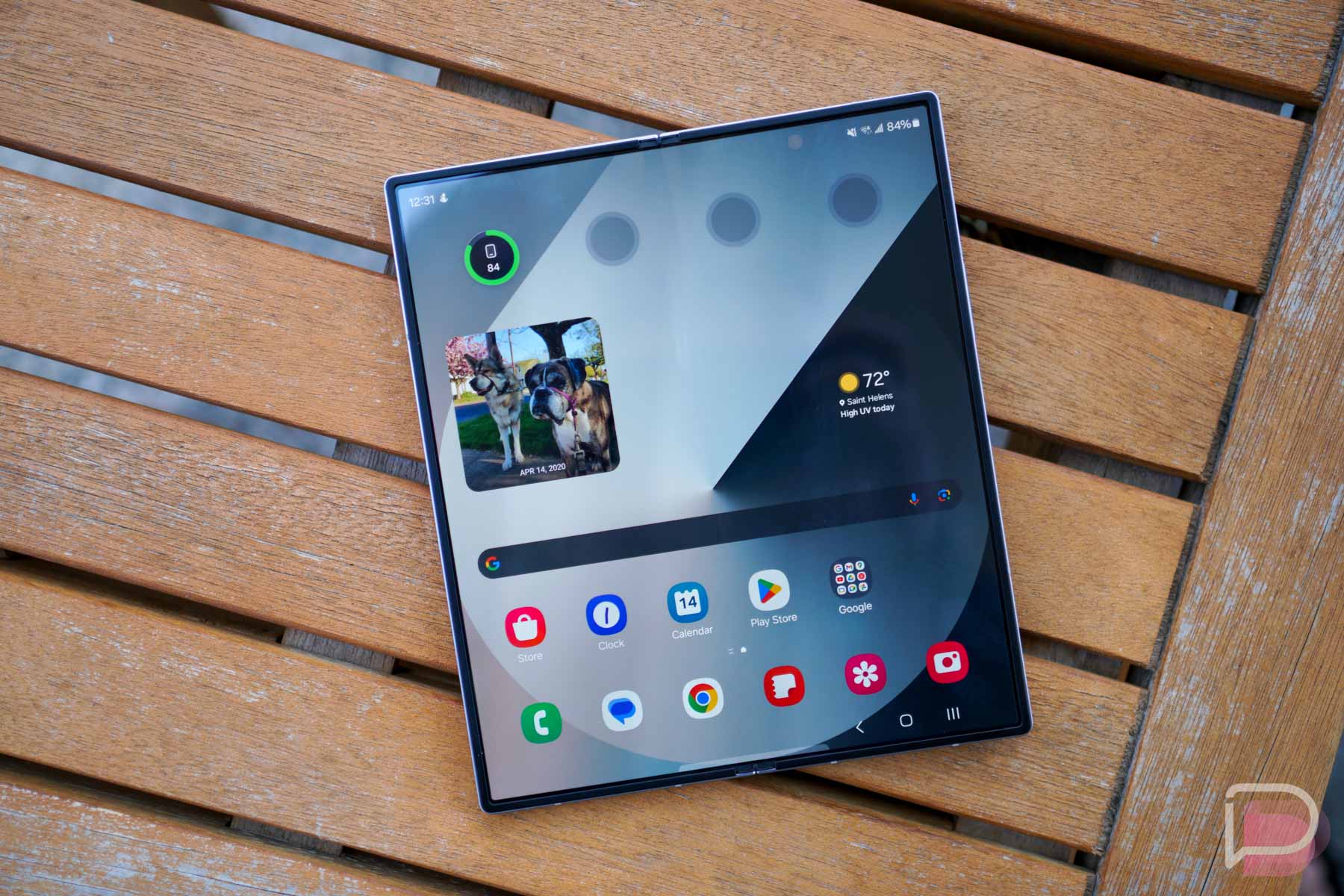
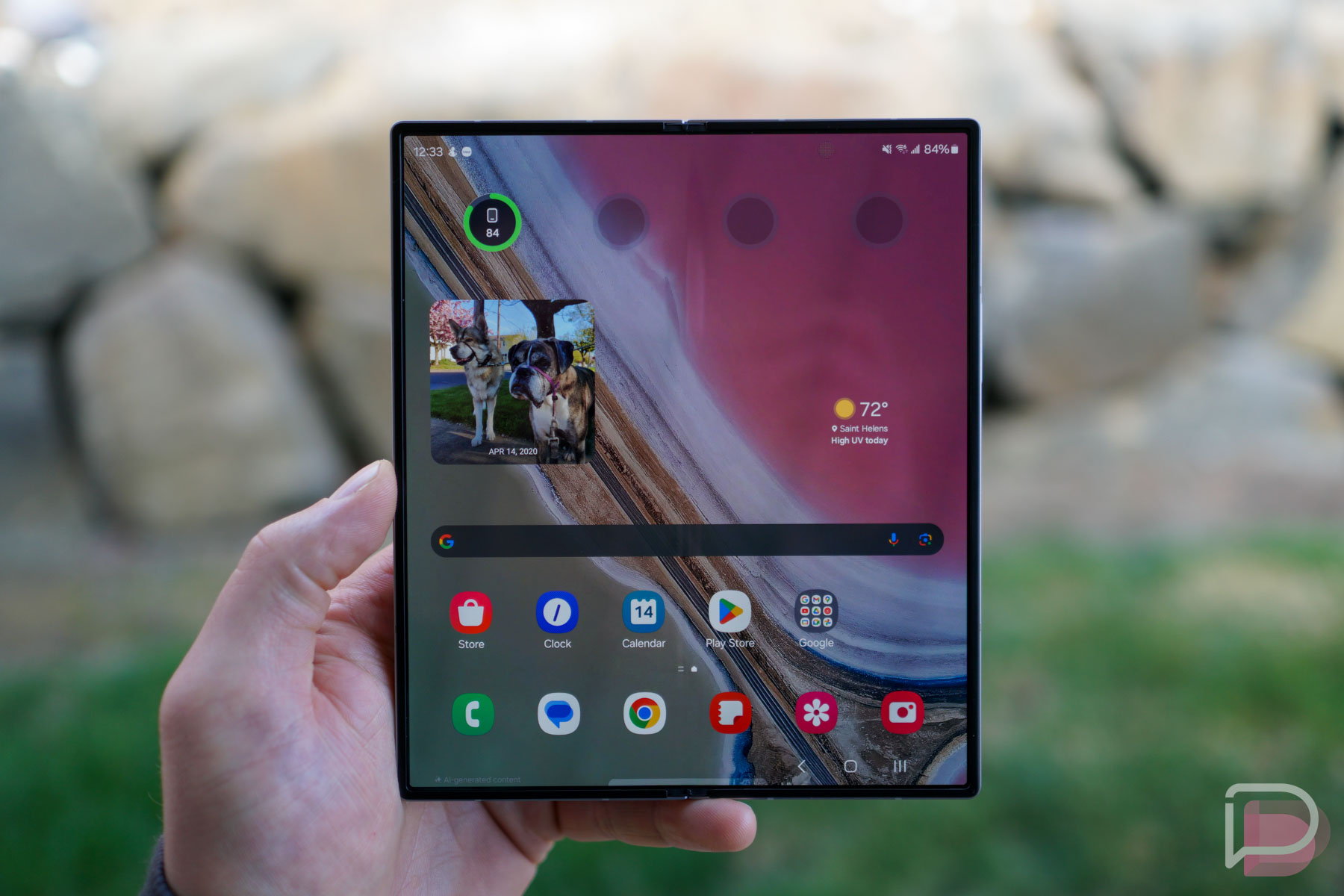
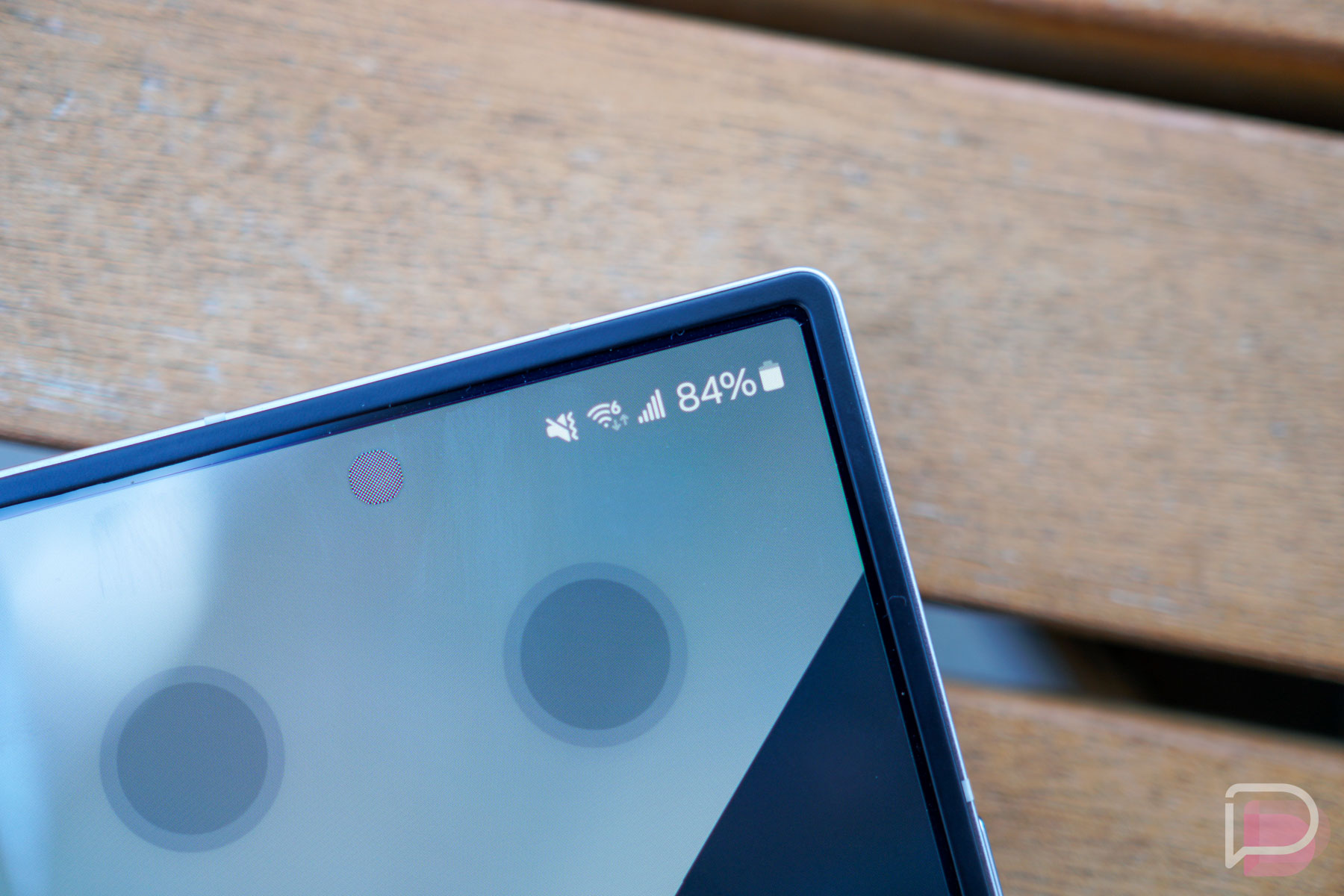

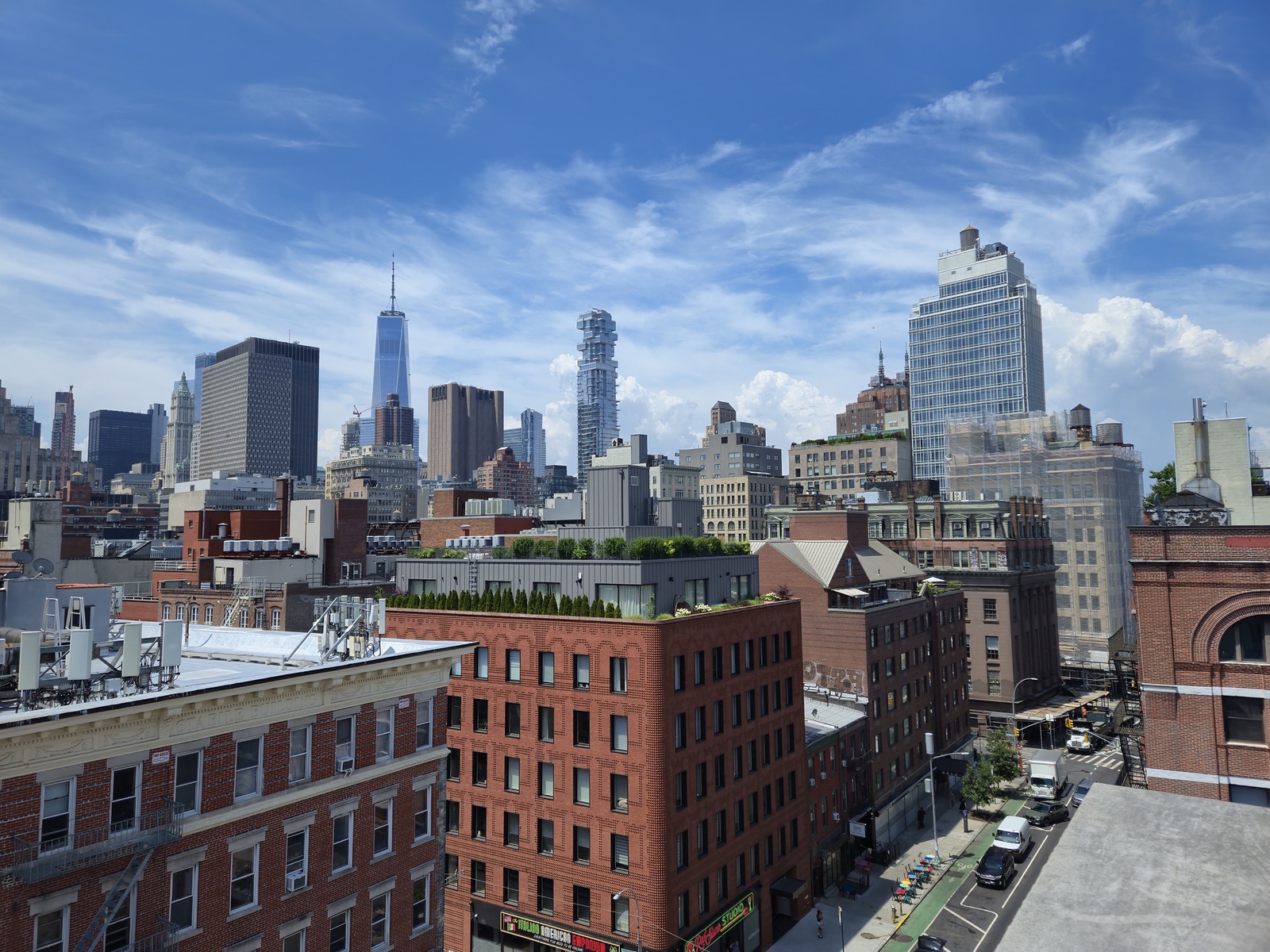



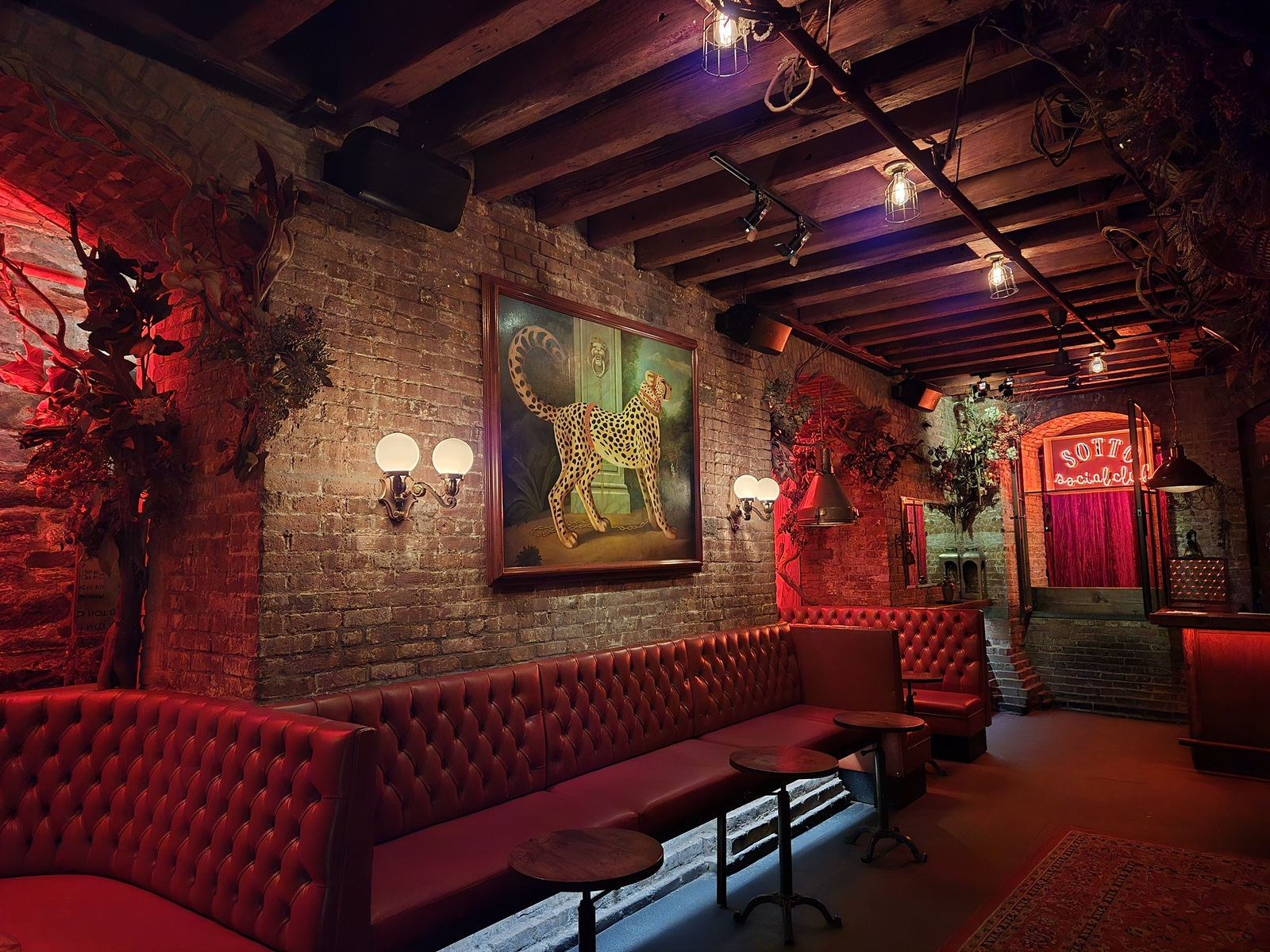
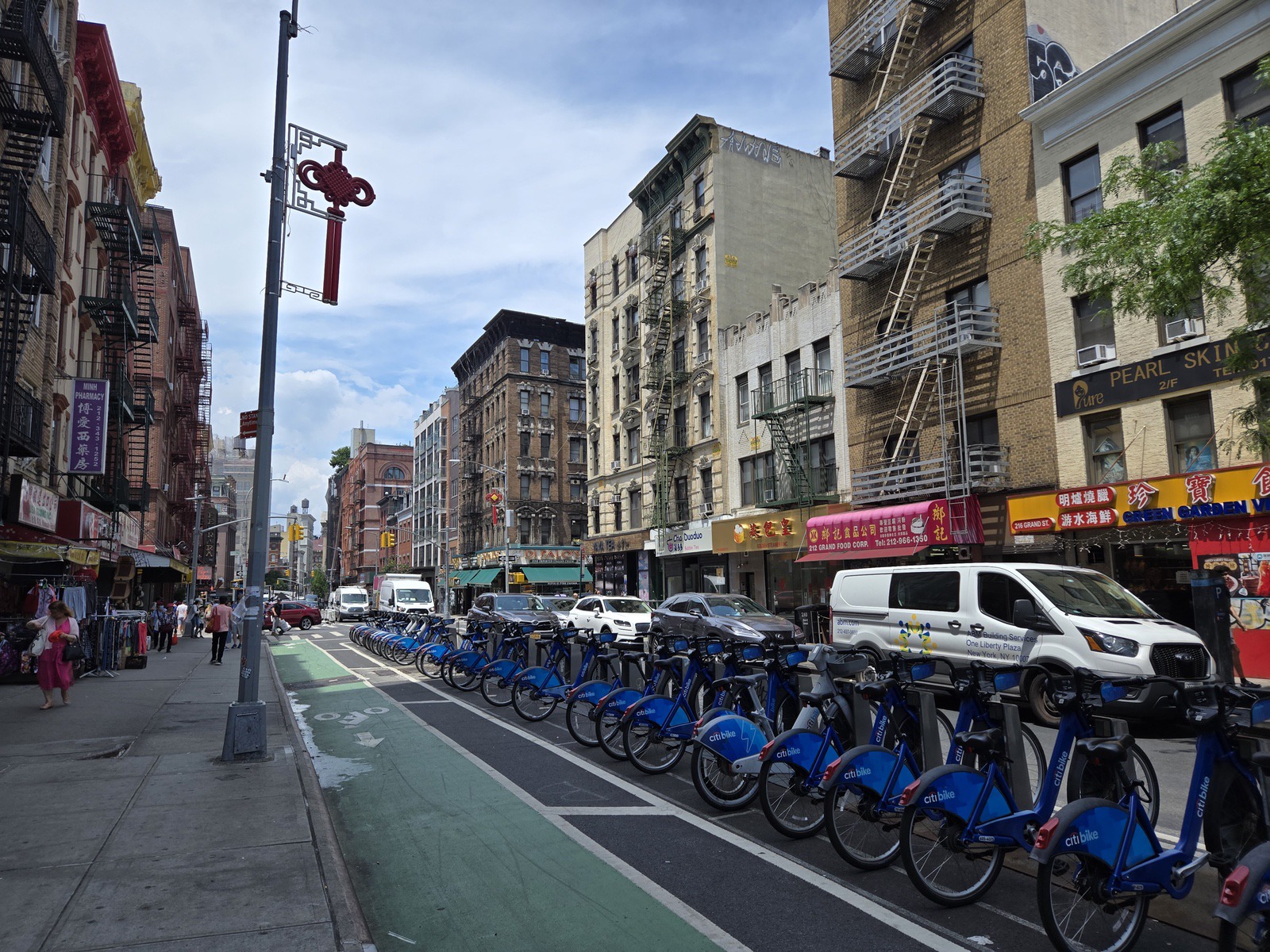
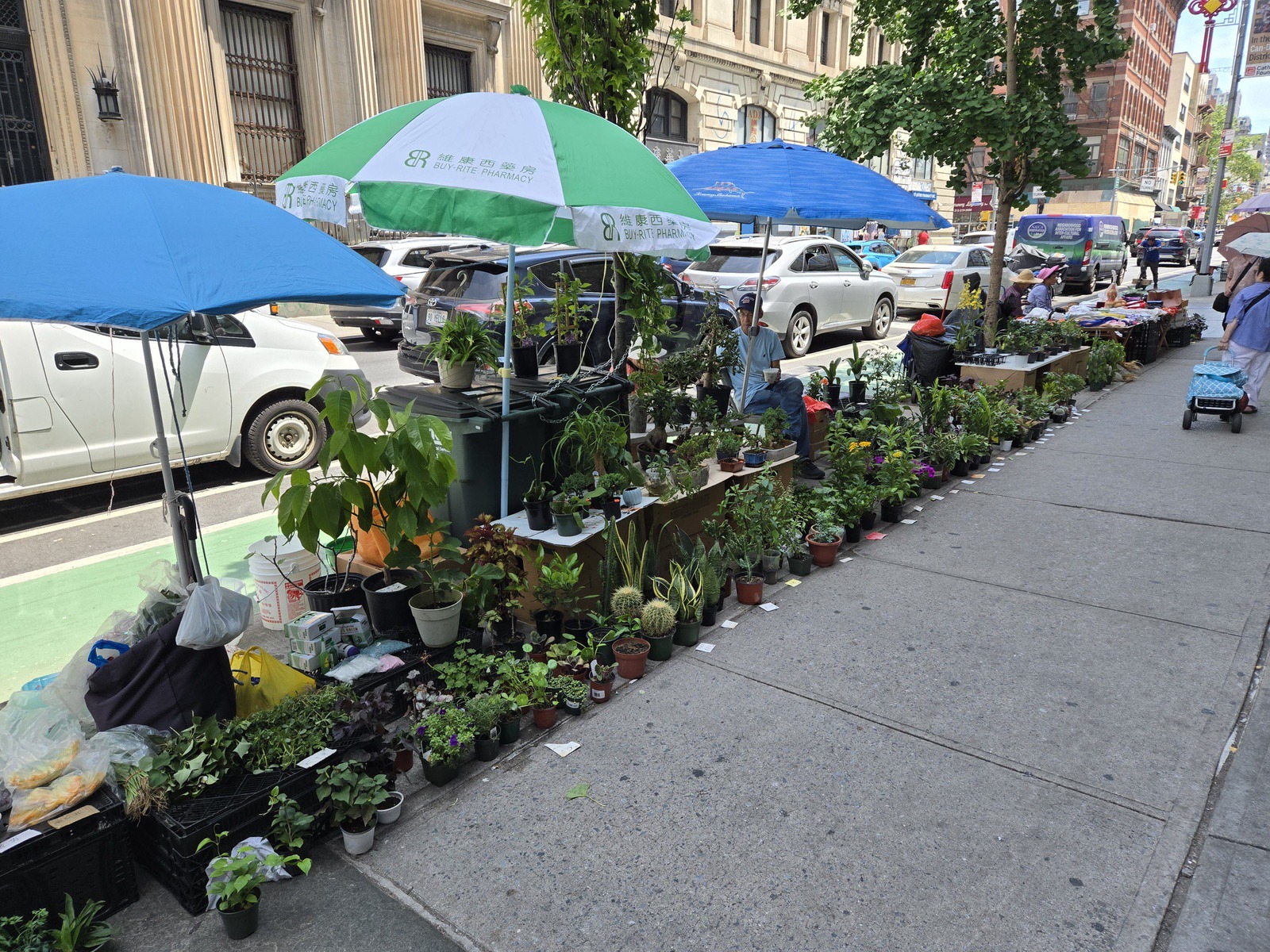


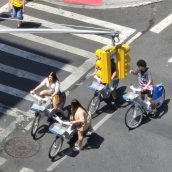
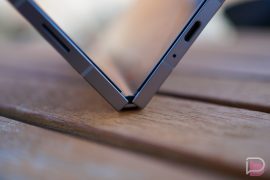
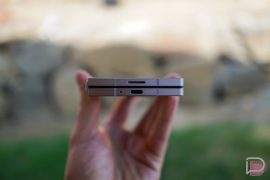
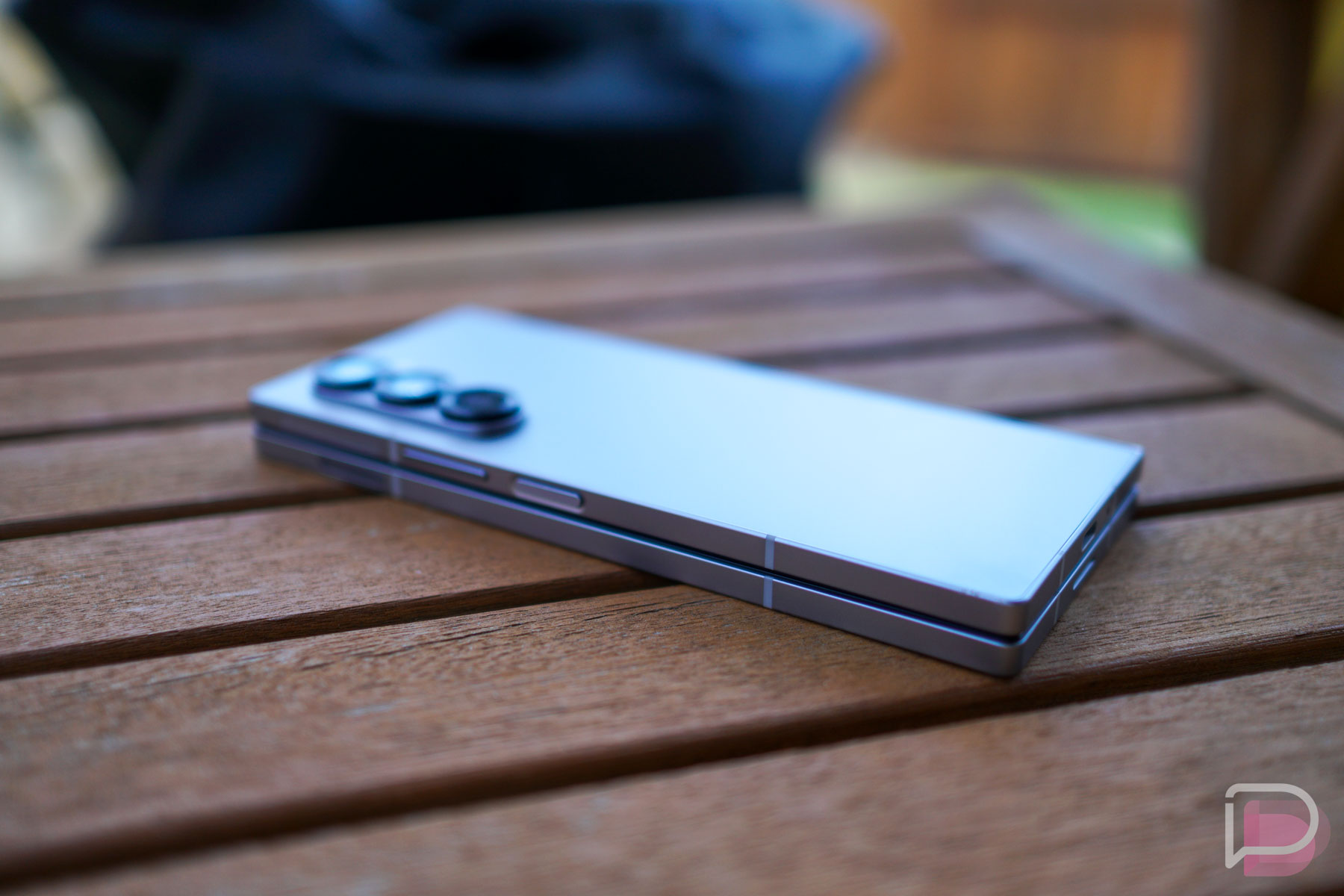
Collapse Show Comments13 Comments